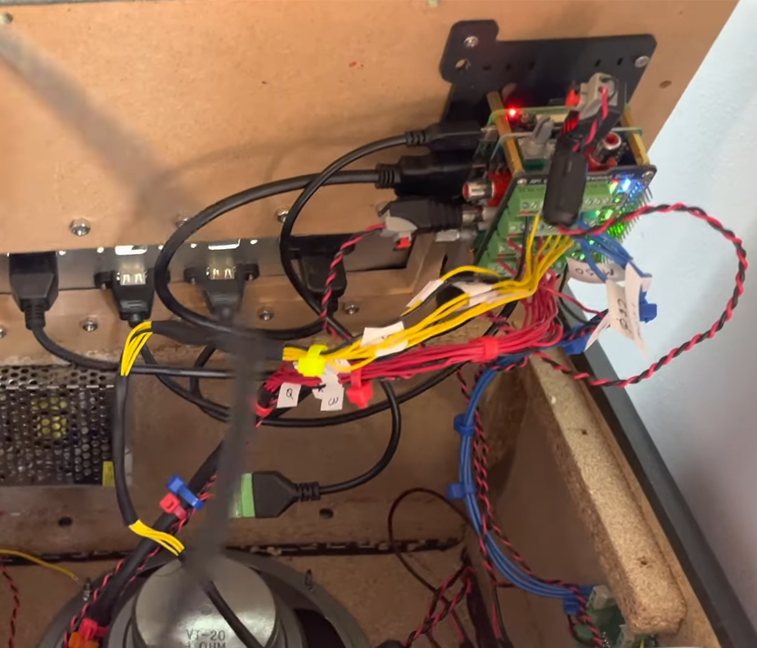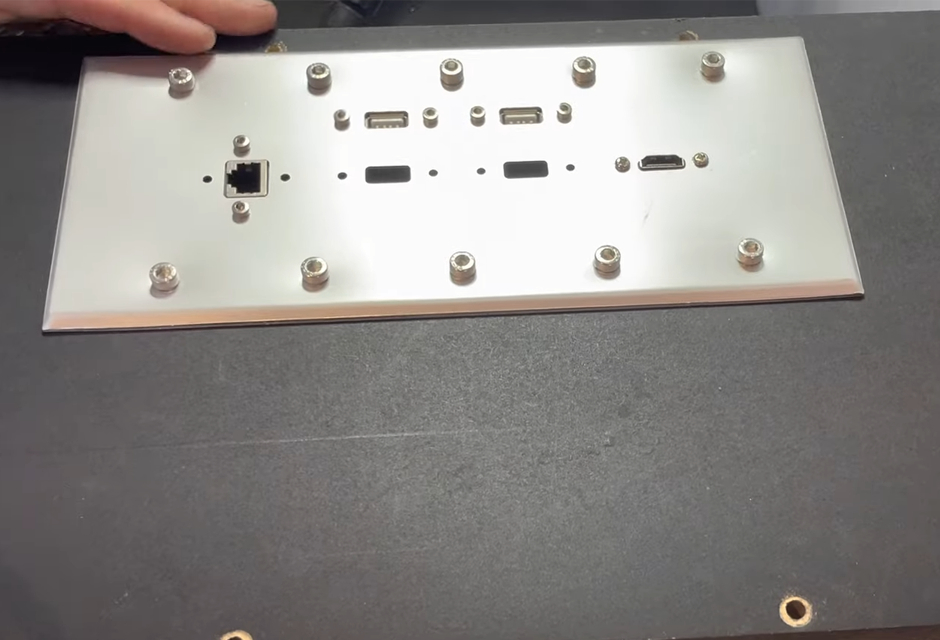Raspberry Pi Restores Guitar Amp, Complete With Effects
Restoring old hardware is always more fun when you can throw in a Raspberry Pi. This project, created by maker and developer David Silverman, does just that, using a Pi to power an old Vox guitar amplifier. Not only does it work as an amplifier, it also has a few special effects thrown in to create custom sounds.
This Pi-powered guitar amp system is housed inside the cabinet of an old Vox amplifier that, according to Silverman, is no longer working. A Pi 3B+ brings back the original functionality, with the help of a class D amplifier and some custom Python scripts created by Silverman himself. The case has been modified to house the Pi and features panels with port access, as well as knobs for the effects array.
Silverman is a programmer and family man with a history of projects he’s developed from scratch, like this pixelated fire animation. His website, agman.com, also features works created by his son who, according to Silverman, has helped inspire his own creations over the years.
The Vox amp cabinet has two panels fitted to support the new hardware. The top panel has potentiometers programmed to adjust things like distortion, WAH, reverb and more as well as LEDs that illuminate for each effect. The rear panel provides access to two USB ports, an Ethernet port, as well as HDMI output. An audio injector card is used to accept and output audio signals alongside a Fossi-brand audio amplifier unit. An MCP3008 is used to function as an analog-to-digital converter via the SPI interface.



A few libraries make this development possible including GPIO Zero which helps make GPIO access a little bit easier and Pyo, created by Olivier Bélanger with Ajax Sound Studio. The values obtained by the effects potentiometer are able to alter the sound in real time thanks to the Pyo library.
If you want to recreate this Raspberry Pi project, check out the full source code at GitHub and the demo video shared to YouTube. Be sure to follow David Silverman for more cool projects as well as any future updates on this one. And if you're tackling a project like this, there's a good chance you'll want to refer to our resistor color code guide to make sure you're picking the right component for part of your project.
Get Tom's Hardware's best news and in-depth reviews, straight to your inbox.

Ash Hill is a contributing writer for Tom's Hardware with a wealth of experience in the hobby electronics, 3D printing and PCs. She manages the Pi projects of the month and much of our daily Raspberry Pi reporting while also finding the best coupons and deals on all tech.
-
Darkoverlordofdata Yet another useless 'Look At Me' story from Ash. Please find projects that give enough info so they may be replicated.Reply
